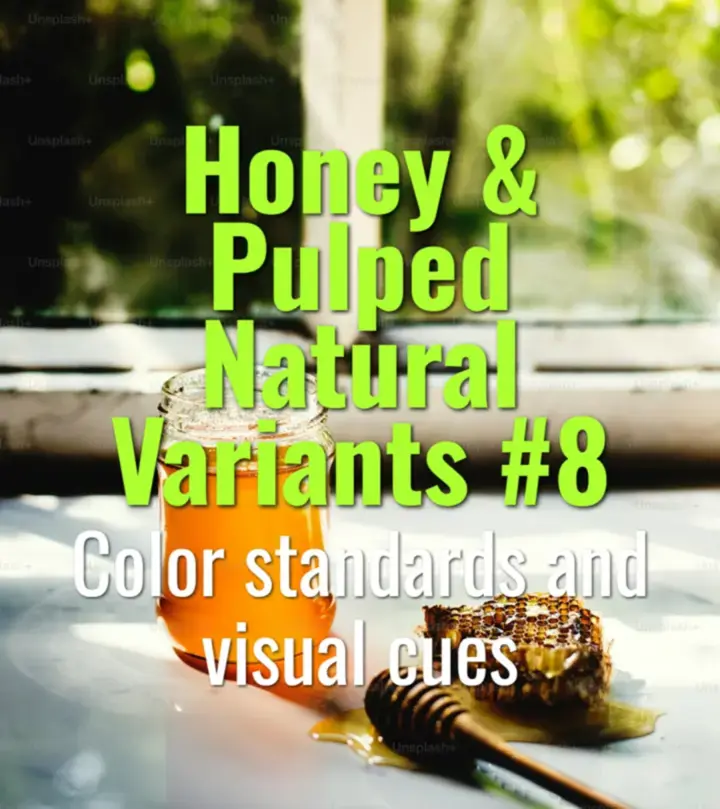
Color standards and visual cues
This topic explains how color standards and visual cues are used to identify honey process types (white, yellow, red, black), how they develop during drying, and why they matter for consistency and quality assurance.

This topic explains how color standards and visual cues are used to identify honey process types (white, yellow, red, black), how they develop during drying, and why they matter for consistency and quality assurance.
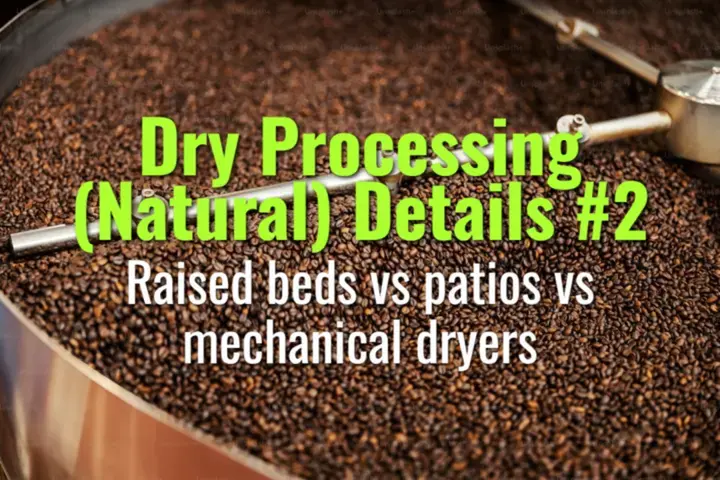
This topic explains the three main drying methods in natural coffee processing—raised beds, patios, and mechanical dryers—comparing their processes, advantages, challenges, and impacts on flavor quality.
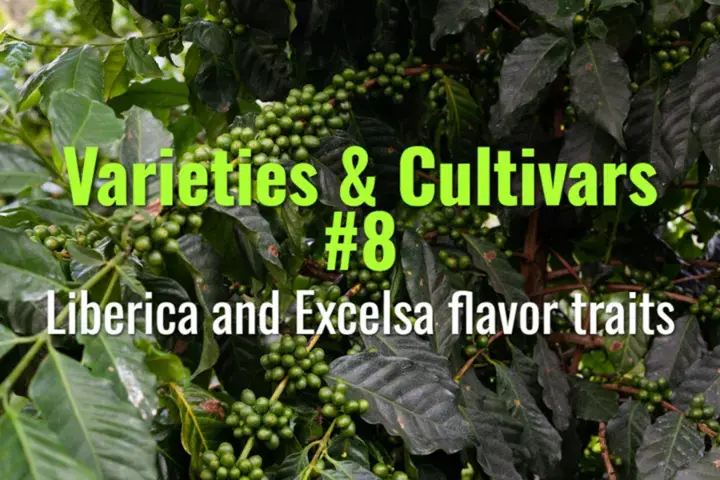
This topic explores the unique flavor traits of Liberica and Excelsa coffee, their sensory profiles, and why they occupy a niche but important role in global coffee diversity.
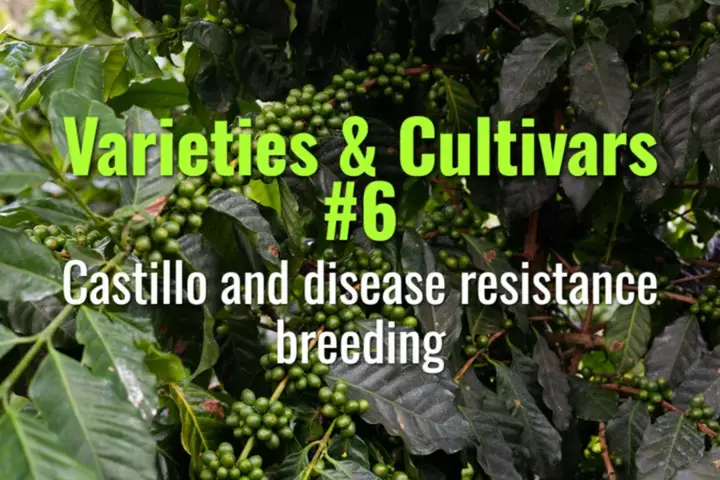
This topic explains the development of the Castillo variety in Colombia, its role in combating coffee leaf rust, and the broader importance of disease resistance breeding in coffee sustainability.
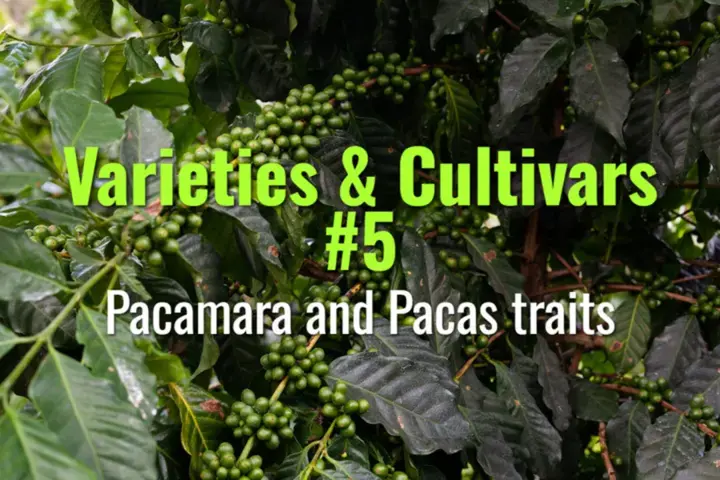
This topic explores the Pacas and Pacamara coffee varieties, their origins in El Salvador, their distinctive traits, and their importance in specialty coffee cultivation.
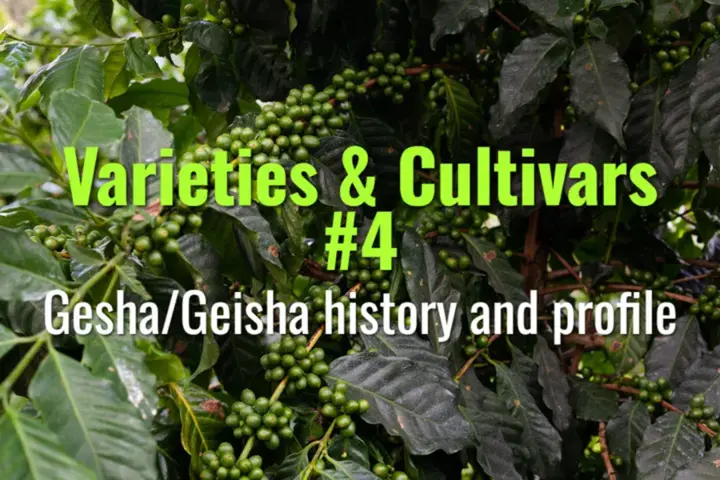
This topic covers the history of the Gesha/Geisha variety, from its Ethiopian origins to its rediscovery in Panama, and explains why it has become one of the most celebrated and expensive coffees in the world.